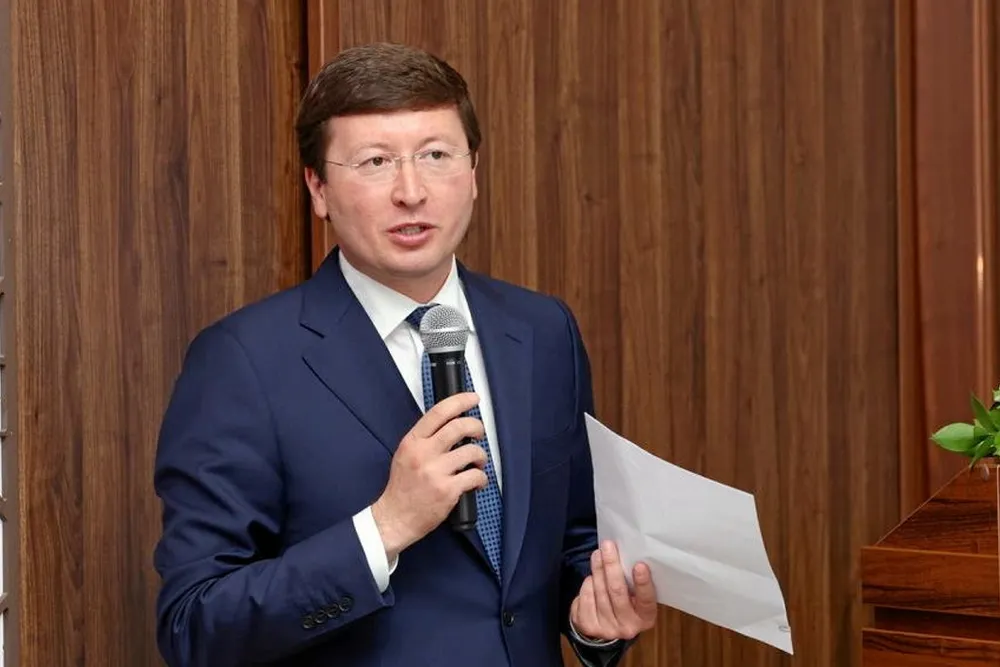Plugging the gap: How one company is wrestling with ageing fields to combat methane leaks and help ease fast-growing former Soviet republic’s energy demands
Uzbekistan’s Saneg eyes major increase in oil production at depleted fields with reduced environmental footprint
